Artificial Intelligence has always promised transformation, but something fundamentally different is happening now. With the evolution of Large Language Models (LLMs)—systems like GPT-4, Claude, Gemini, and open-source alternatives such as LLaMA—we’re watching AI move from automation into collaboration.
This isn’t just another leap in performance metrics or compute efficiency. It’s a shift in how machines understand, generate, and reason about the world in human-like terms. The future of AI is not about replacing people. It’s about expanding what people can do—through deep, dynamic partnerships with intelligent systems.
What Exactly Are LLMs?
At their core, LLMs are neural networks trained on vast amounts of language data. But unlike traditional AI models that focus on narrow tasks, LLMs have emerged as general-purpose reasoning engines. They can write, summarize, translate, code, plan, and even reflect.
Unlike previous generations of chatbots or digital assistants, today’s LLMs can adapt to context, mimic tone, and build upon previous conversations. When integrated into real-world tools—like search engines, CRMs, IDEs, or voice platforms—they become adaptive intelligence layers for every digital experience.
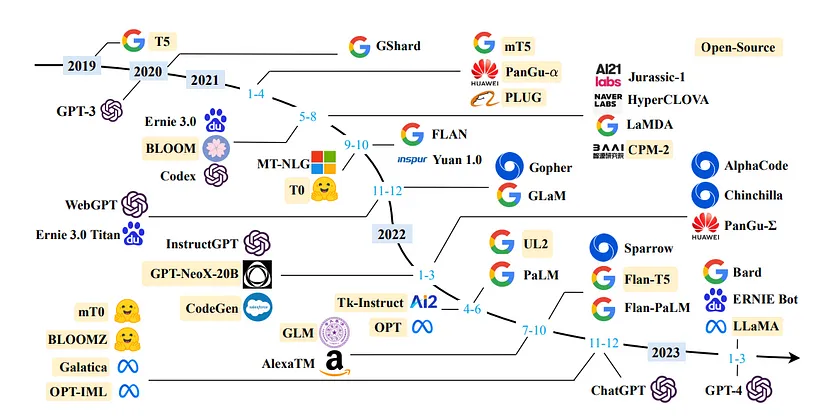
From Tools to Teammates: Where AI Is Really Heading
We’ve moved beyond the phase where AI is merely reactive. The next generation of LLM-powered applications will be:
Modular
They’ll plug into your workflows—whether you’re designing a building, writing legal contracts, managing investments, or teaching a classroom.
Contextual
LLMs are gaining long-term memory, enabling them to retain knowledge of preferences, project history, and goals across sessions and platforms.
Agentic
Through frameworks like AutoGPT and LangChain, LLMs can plan multi-step actions, use tools, and even make decisions autonomously within defined constraints.
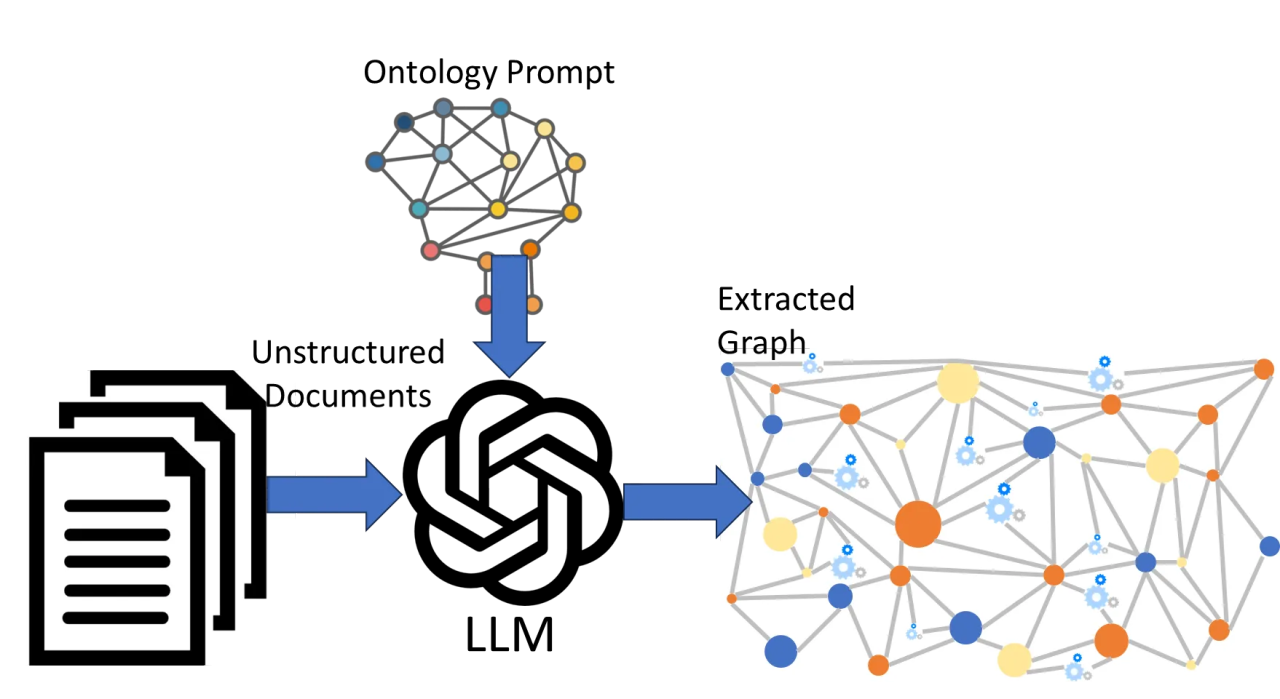
Real-World Applications Already Transforming Industries
While much of the discussion around LLMs has focused on productivity, real business use cases are already proving their power.
Healthcare
LLMs assist doctors in summarizing patient notes, generating care plans, and even detecting anomalies in clinical records. They reduce administrative overhead and accelerate decision-making.
Law
Firms now use LLMs to draft contracts, summarize case law, and generate arguments. What once took paralegals hours can now be done in seconds—with humans still in control.
Finance
From real-time fraud detection to generating readable investor summaries from raw data, LLMs are helping firms bridge the gap between data and insight.
Education
AI tutors personalize learning paths, generate adaptive quizzes, and provide real-time feedback—all tailored to the student’s progress and language preference.
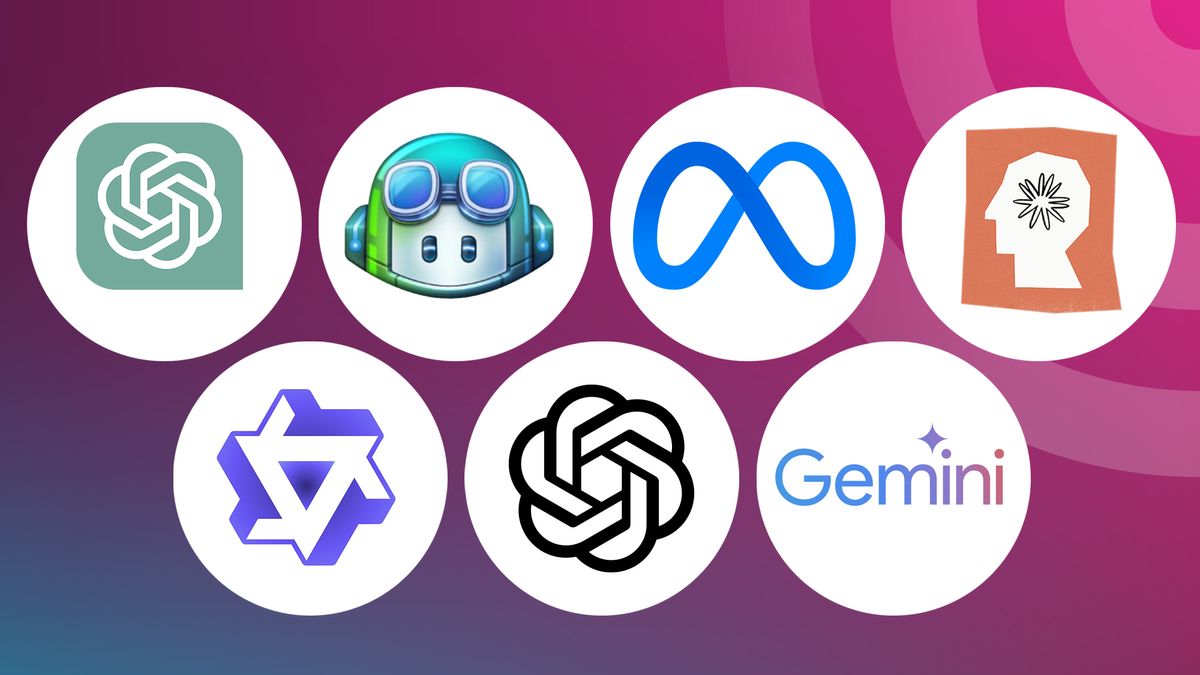
The Next Decade: LLMs as Co-Intelligences
Looking forward, the biggest shift may not be in what LLMs do—but how they think and collaborate.
Imagine:
- An AI co-founder that helps you validate startup ideas, write pitch decks, and forecast investor trends.
- A creative director that generates and refines ad copy based on emotional tone and current events.
- A scientific partner that proposes new hypotheses based on thousands of papers you don’t have time to read.
These aren’t hypotheticals—they’re prototypes being tested today in labs, startups, and Fortune 500s.
What’s emerging is an ecosystem of LLM agents that don’t just answer questions—they pursue goals, learn on the job, and co-evolve with their users.
Challenges That Shape the Future
But with great potential comes great complexity. LLMs still grapple with:
- Factual accuracy and hallucinations
- Bias embedded in training data
- Privacy risks when handling sensitive content
- Explainability of their internal reasoning
Future LLMs will require robust layers of fairness, interpretability, and controllability. Expect regulation, industry standards, and transparency tools to become integral to how these systems are deployed.
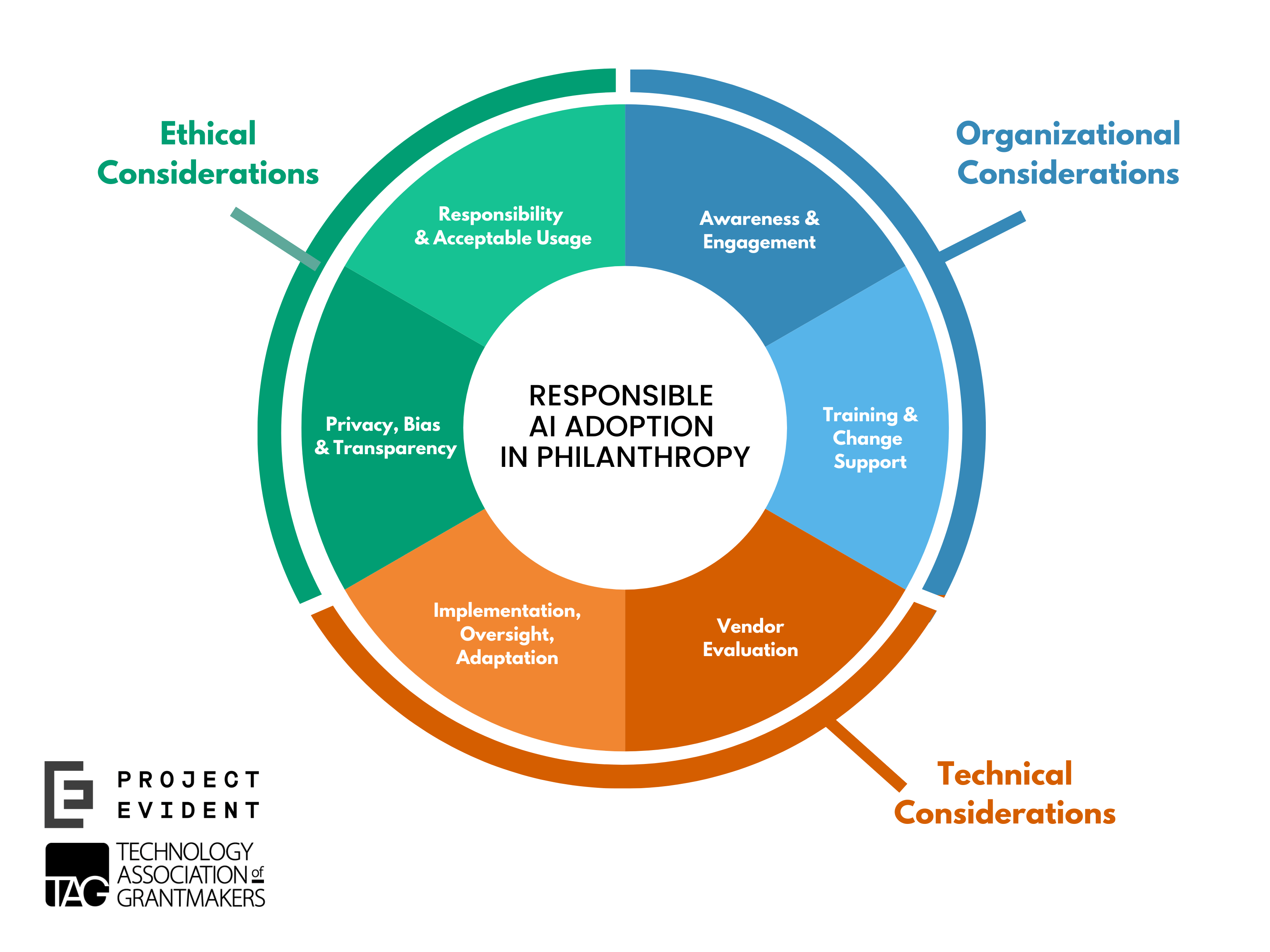
Final Thoughts: AI That Thinks With Us, Not For Us
The trajectory of AI no longer lies in making machines smarter than us—but in making them think alongside us. Large Language Models are ushering in an era where creativity, decision-making, and strategy are no longer exclusively human domains—but shared ones.
We’re entering a world where AI isn’t just another app on your phone. It’s the second brain beside you, the silent collaborator at the whiteboard, and the teammate who works 24/7 without losing context.
The real question is not if LLMs will change the way we live and work.
It’s how quickly we can adapt to the future they’re already creating.
Want to stay ahead of AI’s evolution?
Subscribe for updates, tutorials, and deep dives into the AI revolution.
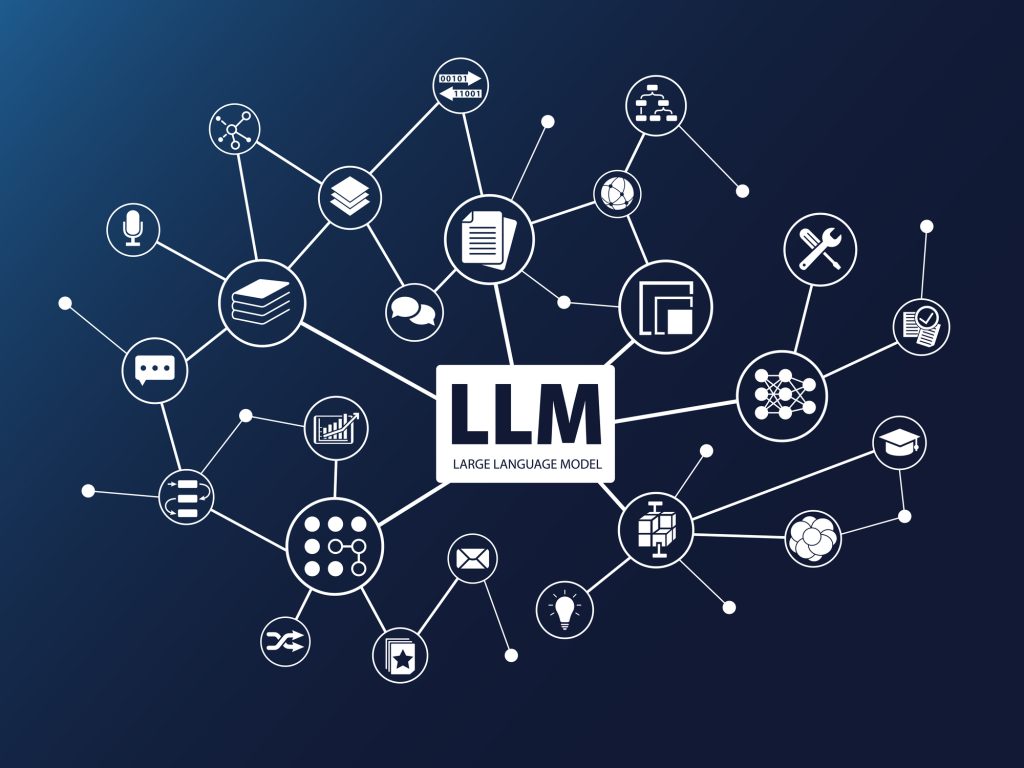
Leave a Reply to MeekLovin Cancel reply